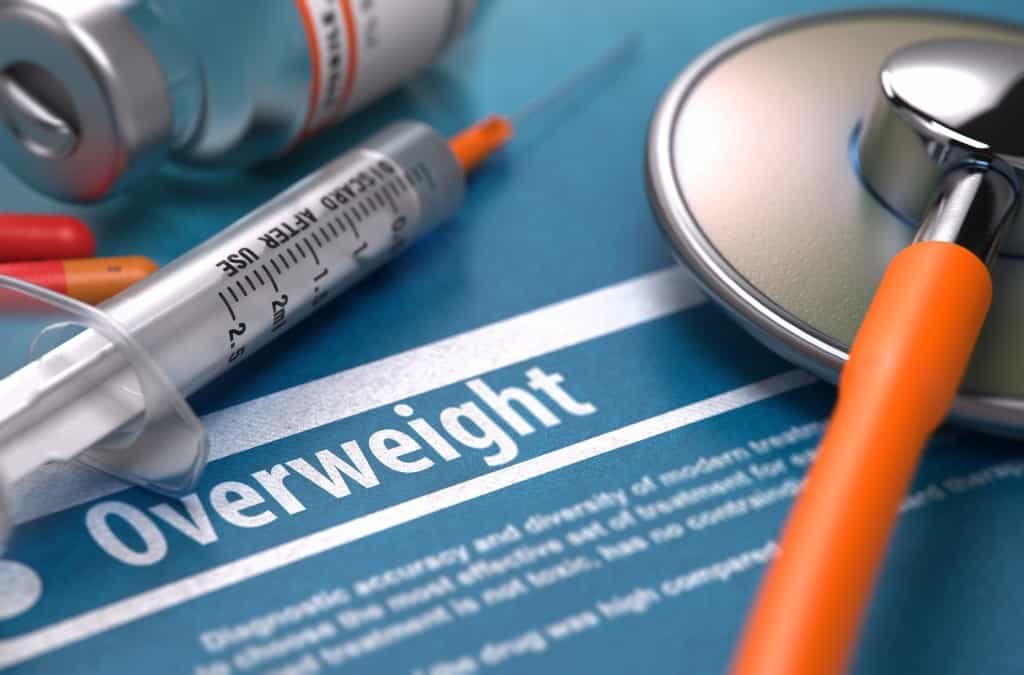GERD remains an intriguing disease with several important unanswered questions about its rising incidence, precipitating factors, underlying pathophysiology and relationship to the obesity epidemic. Today, around one-third of all Americans experience a GERD-related symptom at least once weekly.
Esophageal adenocarcinoma, a complication of GERD, is the fastest-rising cancer in the U.S. Abdominal girth and excess weight contribute to GERD. Several studies demonstrate a strong, almost linear association between BMI and GERD. Obesity may promote the development of GERD. If true, what would be the underlying mechanism?
The link between obesity and GERD seems to be related to increased intra-abdominal pressure secondary to abdominal fat accumulation. Intra-gastric pressure increases, promoting a backflow of gastric content into the esophagus. Several studies have shown that GERD patients’ increasing BMI is independently associated with increased intra-gastric pressure. While logical, these findings are a simplistic interpretation of a complex problem.
GERD is a result of a weak LES
GERD pathogenesis is centered on the gastroesophageal junction (GEJ). This complex and dynamic structure is comprised of the lower esophageal sphincter — the surrounding crural diaphragm — the angle of Hiss (angle where the intra-abdominal esophagus joins the stomach) — and the phrenoesophageal membrane (PEM). The diaphragmatic crura prevent strain-induced reflux events, while the angle of Hiss configuration prevents increased gastric pressure-induced reflux events. The PEM is composed of elastin intertwined with thick bundles of collagen. Elastin contributes to its elasticity and flexibility, while collagen confers strength. This delicate balance between flexibility and strength allows the remaining components of the GEJ to work in synchrony and with clocklike precision: relaxing, contracting and contorting to gastric pressure variations with upward esophageal movements to prevent reflux. Secondary to obesity, a persistent elevated intra-abdominal pressure may challenge the delicate PEM (the Achilles heel of the anti-reflux barrier). A weak and lax PEM causes anatomic changes in the structure of the GEJ that evolve into functional failure of multiple acid reflux defense mechanisms like low sphincter pressure, transient lower esophageal sphincter relaxation, prolonged acid clearance, and changes in the post-prandial acid pocket position. The end result is the development of an overt hiatal hernia: the only independent predictor for GERD.
Weight loss surgery options rather than acid suppression
Interestingly, increased gastric acid secretion is not a contributing factor in the GERD pathogenesis — quite a paradox in that acid suppression has been the mainstay of GERD therapy for the past 50 years. Particularly in the obese patient population, GERD treatment should mainly rely on weight loss rather than acid suppressive therapy. The most effective weight loss therapy for obese patients is bariatric surgery. Roux-en-Y gastric bypass surgery is an established anti-reflux procedure. It diverts the acid-producing stomach away from the esophagus. The literature remains ambivalent on the effect of sleeve gastrectomy in resolving acid reflux disease. Is gastric fundus resection during sleeve gastrectomy equivalent to gastric fundus plication during a Nissen fundoplication surgery? A recent prospective study by Morino et al. showed resolution of symptomatic GERD following sleeve gastrectomy in morbidly obese patients. Will the sleeve gastrectomy have a role in GERD treatment in obese patients?
Additional studies are needed to answer these questions. As GERD continues to rise, new screening, diagnostic and treatment paradigms will emerge.

